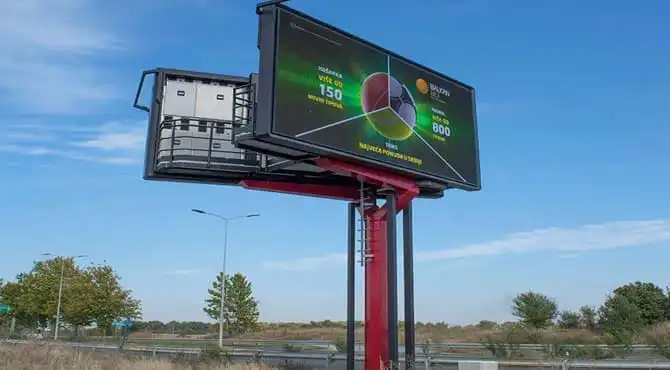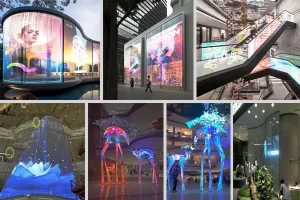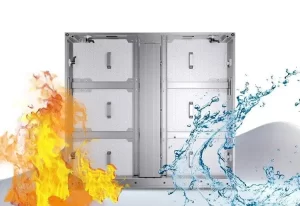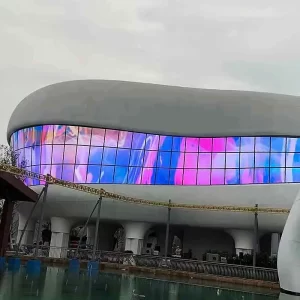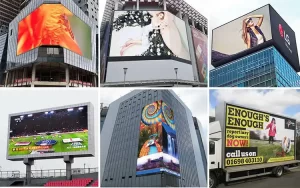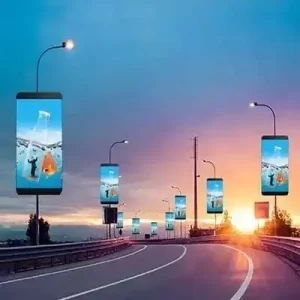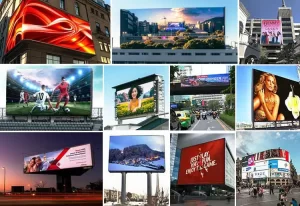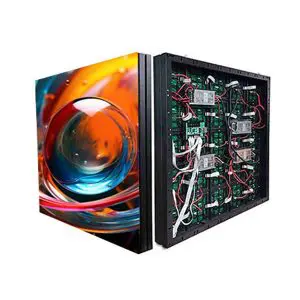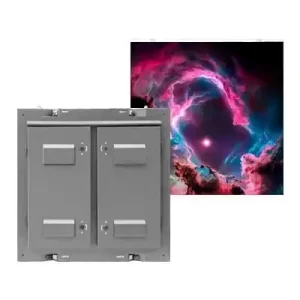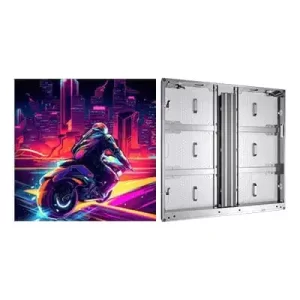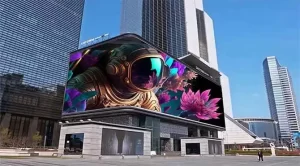
A building LED billboard is a large digital display installed on the exterior of buildings, used for advertising, branding, and public messaging. These billboards are highly visible and dynamic, making them an essential tool for businesses and organizations to grab attention in urban areas. From city centers to highways, LED billboards on buildings have become a modern and effective way to reach massive audiences.
This guide covers the features, applications, costs, and benefits of building LED billboards.
What is a Building LED Billboards ?
A building LED billboard is a high-resolution, outdoor digital screen installed on the facade, rooftop, or side of a building. Unlike traditional static billboards, LED billboards are dynamic, capable of displaying videos, animations, and rotating advertisements. These billboards can be customized in size, shape, and brightness to suit the building’s architecture and the location’s visibility requirements.
Key Features:
- Dynamic Content: Supports videos, animations, text, and images.
- High Visibility: Bright and clear visuals, even in direct sunlight.
- Customizable Design: Adapts to various building structures and dimensions.
- Weatherproof: Durable for outdoor use in all weather conditions.
Applications of Building LED Billboards
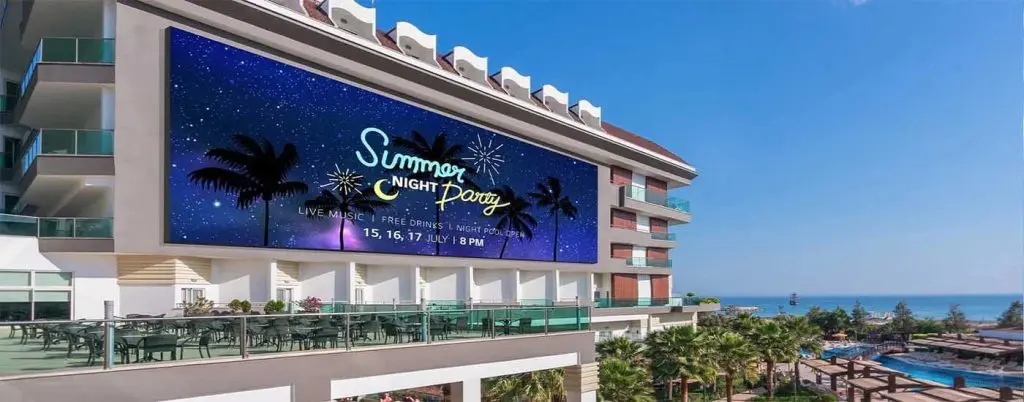
Outdoor led Screen
1. Advertising and Branding
- Used by businesses to promote products, services, and brands.
- Displays dynamic and rotating ads to maximize exposure for multiple campaigns simultaneously.
2. Public Messaging
- Governments and organizations use LED billboards to display announcements, alerts, and public service messages.
- Ideal for high-traffic urban areas.
3. Entertainment and Events
- Broadcasting live events, concerts, or sports games directly on building billboards for public viewing.
4. Decorative and Architectural Enhancements
- Integrated into building designs for a futuristic aesthetic, such as LED facades or media walls.
- Used in landmarks or iconic structures to create unique displays.
5. Information Displays
- Weather updates, news headlines, stock market information, and other real-time data.
Types of Building LED Billboards
1. Wall-Mounted LED Billboards
- Installed directly on the building facade.
- Ideal for advertising in urban areas with high pedestrian and vehicular traffic.
2. Rooftop LED Billboards
- Mounted on the roofs of buildings for long-distance visibility.
- Commonly used near highways or in city centers to attract attention from a distance.
3. Curved LED Screens
- Designed for buildings with unique architectural features, such as curved facades.
- Provides seamless and immersive visuals.
4. Transparent LED Screens
- Installed on glass windows or building facades.
- Allows natural light to pass through while displaying vibrant digital content.
5. 3D LED Billboards
- Used to create 3D visual effects, providing a more engaging and lifelike advertising experience.
- Popular in areas with heavy foot traffic, such as shopping districts or public squares.
Key Features of Building LED Billboards
| Feature | Details |
|---|---|
| Pixel Pitch | P2.5–P10 (depends on viewing distance and screen size). |
| Brightness | 5,000–10,000 nits for outdoor visibility. |
| Weatherproof Rating | IP68 (front) / IP54 (back) for outdoor durability. |
| Viewing Angle | 140°–160° for maximum visibility from all sides. |
| Customizable Size | Tailored to fit building dimensions. |
| Content Management | Supports videos, animations, images, and real-time updates. |
| Energy Efficiency | Modern LED technology reduces power consumption. |
| Durability | Designed to withstand extreme weather conditions. |
| Remote Control | Cloud-based systems allow easy content updates. |
Benefits of Building LED Billboards
1. High Visibility
- With ultra-bright displays, LED billboards remain visible in all lighting conditions, including direct sunlight and nighttime.
2. Dynamic Advertising
- Unlike static billboards, LED screens can rotate multiple advertisements, engage viewers with animations, and update content in real-time.
3. Revenue Generation
- Property owners can lease billboard space to advertisers, creating a steady source of income.
4. Customization
- LED billboards can be tailored to fit the building’s design, ensuring seamless integration with the architecture.
5. Long Lifespan
- Modern LED displays are highly durable, with lifespans of 50,000–100,000 hours, ensuring long-term use.
6. Cost-Effective
- Though the initial investment is higher than traditional billboards, LED billboards offer lower operational costs and higher ROI due to their dynamic capabilities.
7. Environmental Impact
- Reduces the need for printed materials, making it a more sustainable advertising option.
Technical Specifications of Building LED Billboards
| Specification | Details |
|---|---|
| Pixel Pitch | P2.5–P10 (smaller pitch for higher resolution). |
| Brightness | 5,000–10,000 nits for outdoor visibility. |
| Refresh Rate | ≥3840 Hz for smooth visuals and flicker-free display. |
| Weatherproof Rating | IP65-rated for protection against rain, dust, and wind. |
| Viewing Angle | 140°–160° for visibility from wide angles. |
| Panel Size | Customizable modular panels. |
| Power Consumption | 300–800 W/m² depending on brightness and pixel pitch. |
| Control System | Remote cloud-based or local system for content updates. |
| Lifespan | 50,000–100,000 hours. |
Costs of Building LED Billboards
The cost of a building LED billboard depends on factors like size, pixel pitch, brightness, and installation complexity.
1. Cost Per Square Meter
| Pixel Pitch | Recommended Use | Cost per m² |
|---|---|---|
| P2.5 | Close viewing (high-resolution) | $8,00–$1500 |
| P4 | Medium-distance viewing | $7,00–$1,200 |
| P6 | Long-distance viewing | $6,00–$1,000 |
| P10 | Large-scale, far viewing | $5,00–$9,00 |
2. Example Costs for Different Sizes
| Screen Size | Use Case | Estimated Cost |
|---|---|---|
| 20 m² (4 x 5 m) | Small advertising | $10,000–$30,000 |
| 50 m² (10 x 5 m) | Medium billboard | $25,000–$75,000 |
| 100 m² (10 x 10 m) | Large urban display | $50,000–$100,000 |
| 200 m² (20 x 10 m) | Landmark billboard | $100,000–$150,000 |
3. Additional Costs
- Steel Structure: $10,000–$50,000 depending on size and location.
- Installation: $20,000–$100,000 based on complexity.
- Control System: $2,000–$10,000 for content management software.
- Maintenance: 5%–10% of the total cost annually.
Installation Process
- Site Survey
- Assess the building’s structure, visibility, and environment (e.g., sunlight, wind, and weather conditions).
- Design and Customization
- Tailor the screen’s size, shape, and pixel pitch to match the building’s architecture.
- Steel Structure Installation
- Build a sturdy frame to hold the LED screen securely.
- Panel Assembly
- Modular LED panels are installed to form the complete billboard.
- Power and Data Integration
- Connect power supplies and control systems for smooth operation.
- System Configuration
- Install software for remote or local control of content updates.
Successful Examples of Building LED Billboards
- Times Square, New York
- Iconic LED billboards display dynamic ads for global brands like Coca-Cola, Samsung, and Nike.
- Piccadilly Circus, London
- High-resolution LED screens create a vibrant advertising space in one of London’s busiest areas.
- Burj Khalifa, Dubai
- The building uses a massive LED facade to display advertisements and artistic light shows.
- Shibuya Crossing, Tokyo
- LED billboards dominate this urban hub, showcasing high-tech visuals and 3D advertisements.









